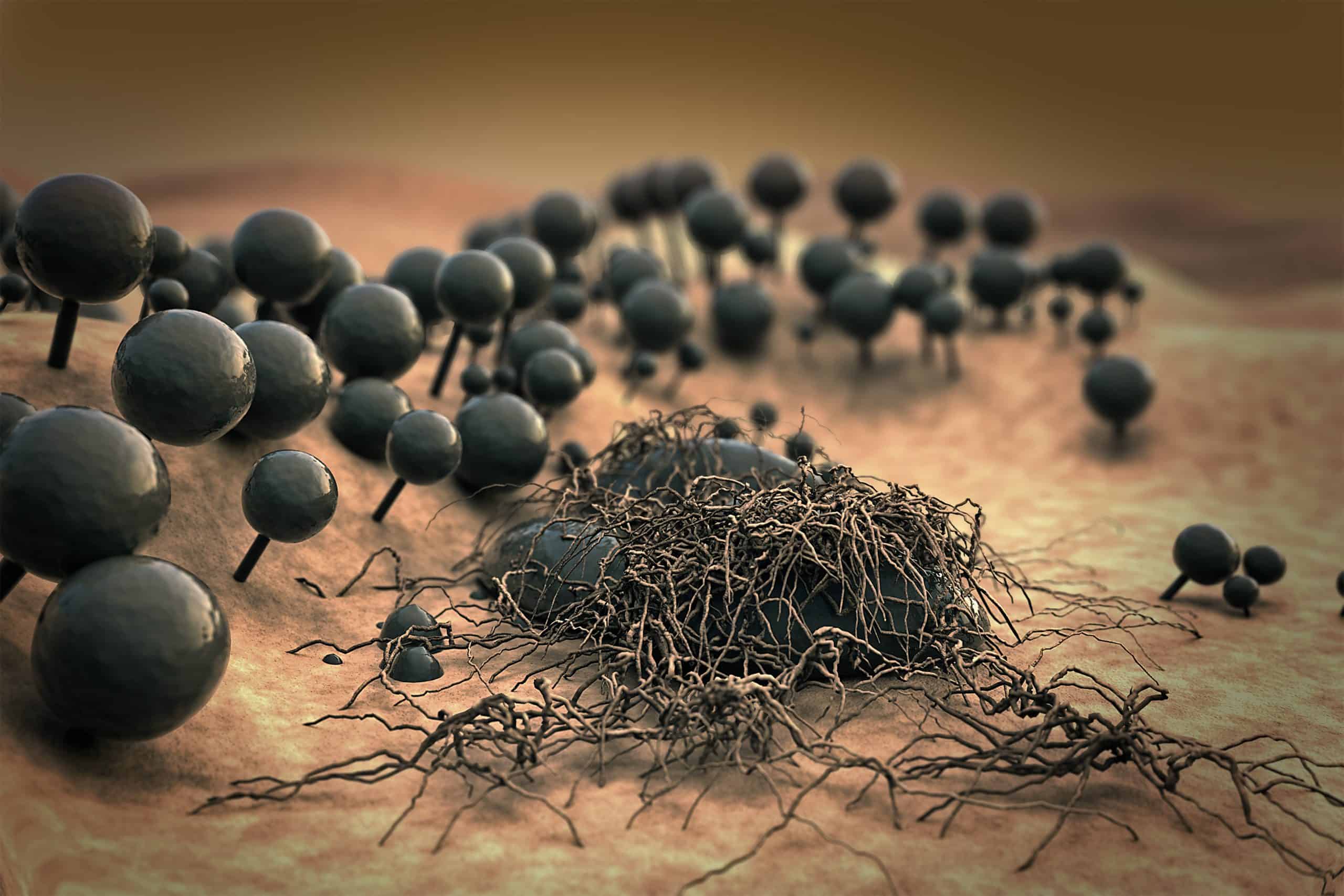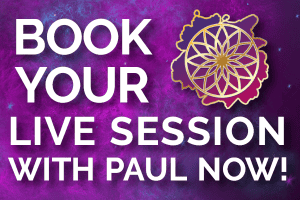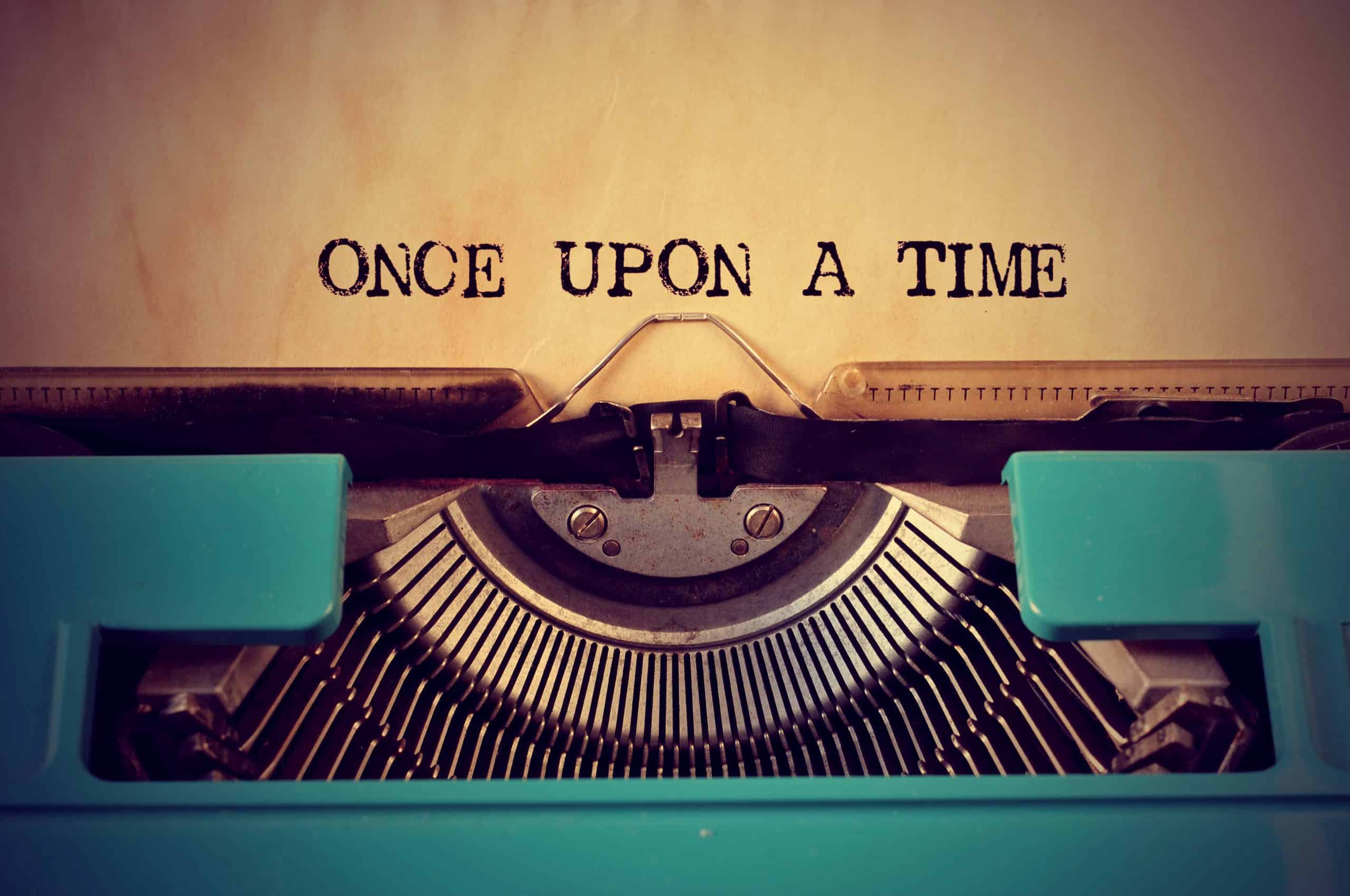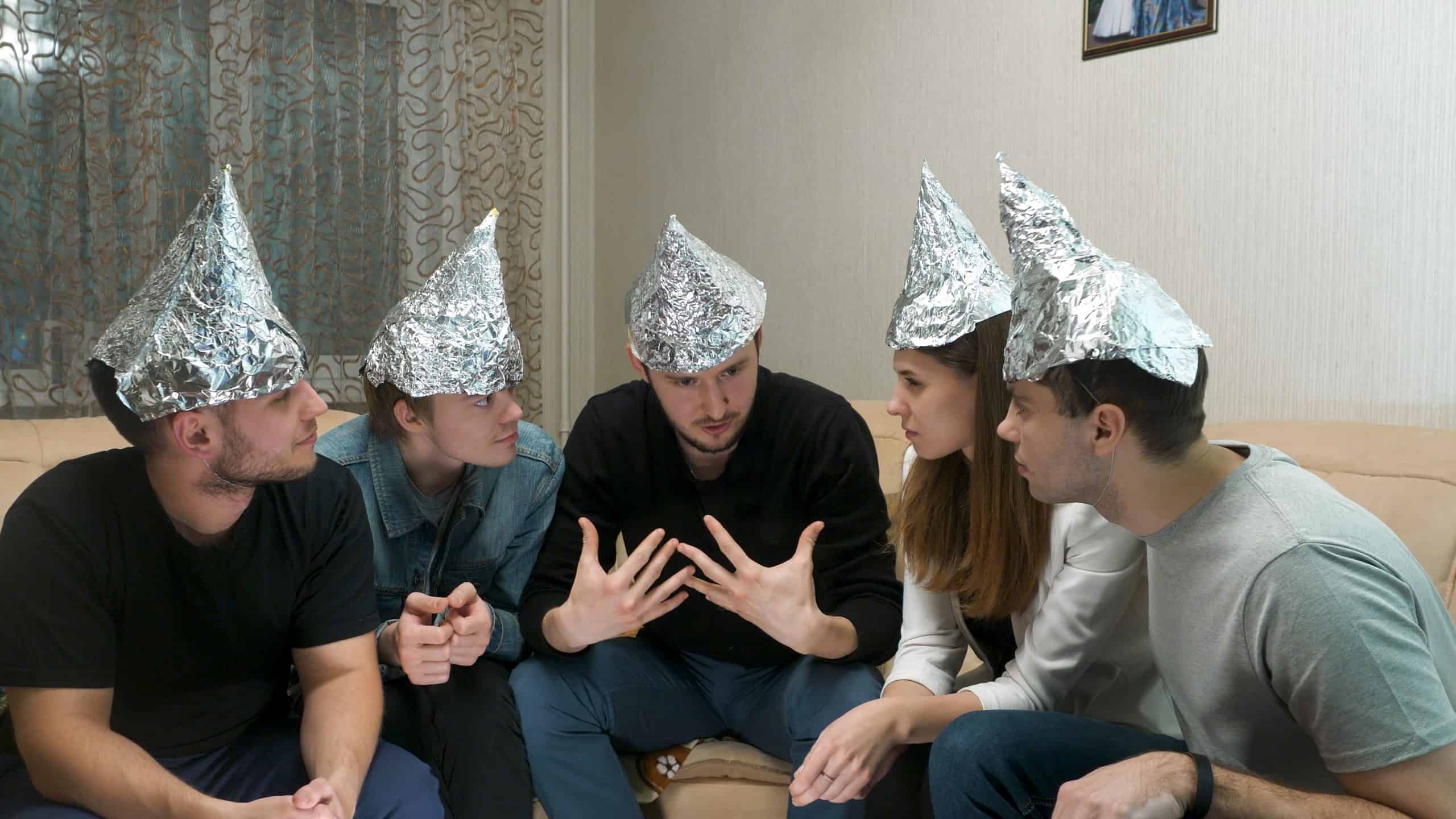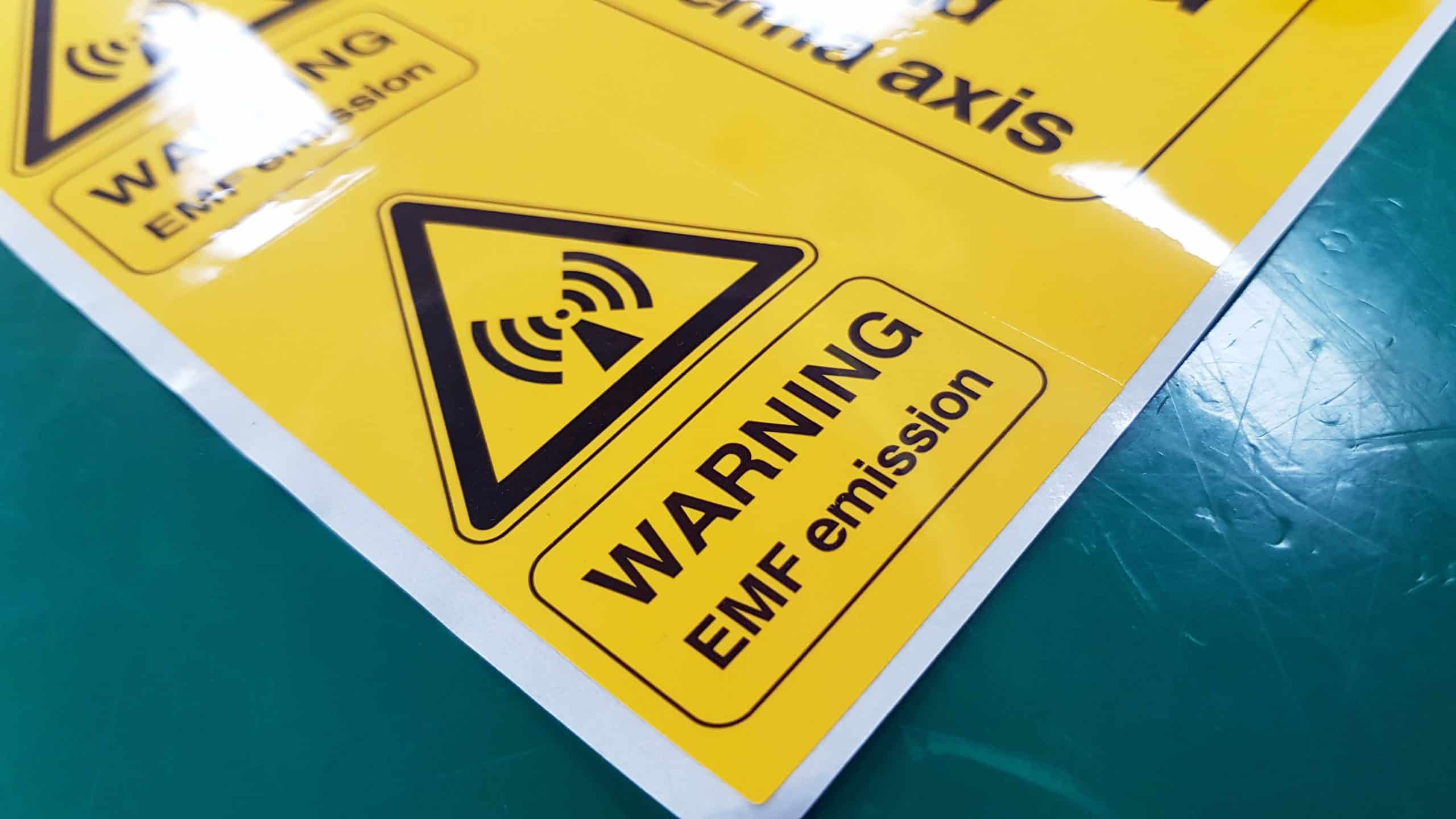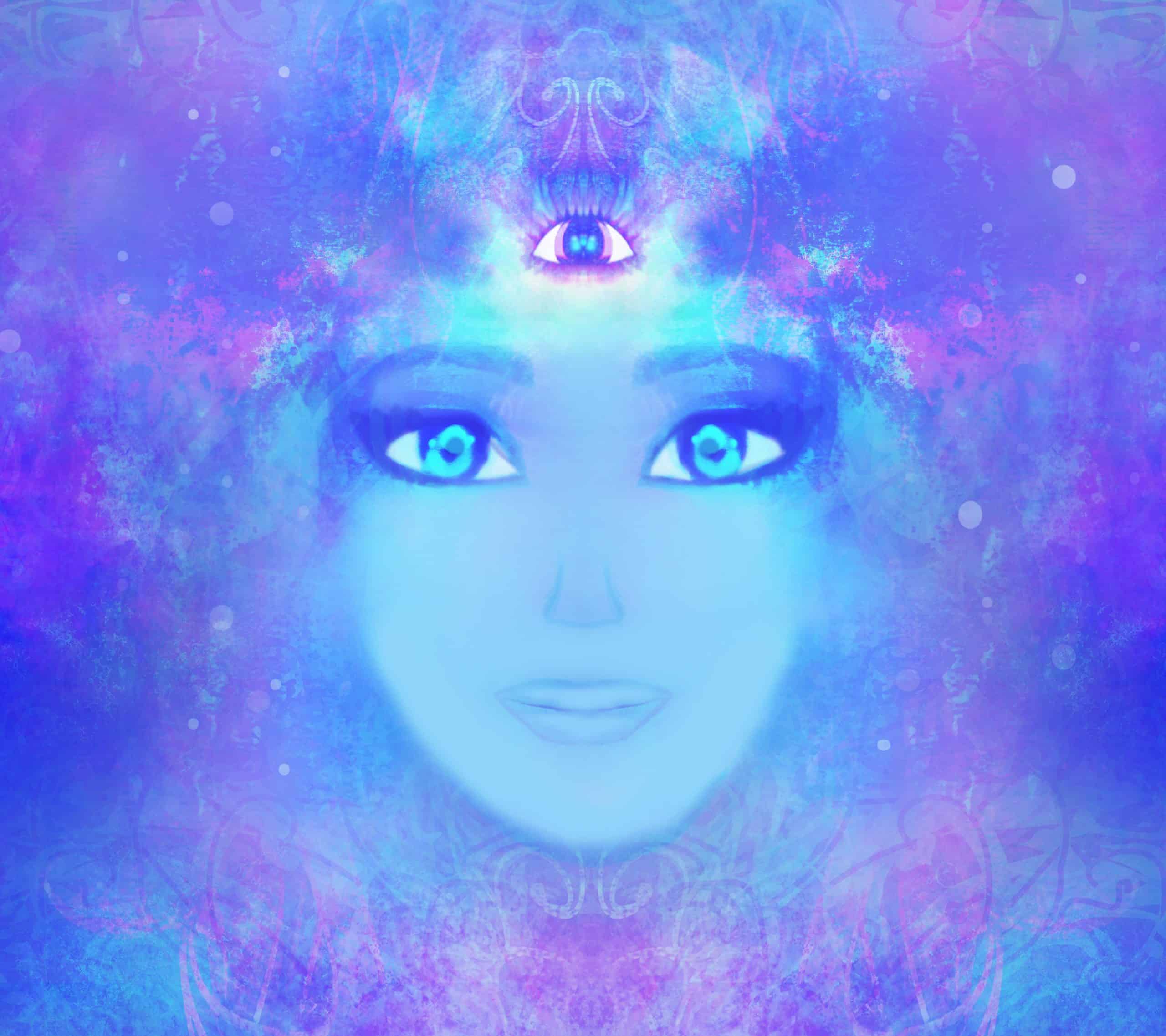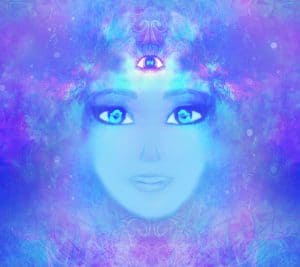
At over 4.5 billion years old and possibly much older, the Earth has been home to millions of unique and beautiful creatures. While it appears that modern humans are a relatively late entry into the marathon of blood-based, karmic rebirth cycles, there is a lot of speculation about when Homo sapiens emerged as the primary, two-legged leaders of Planet Earth. So where did humans come from?
“If then, said I, the question is put to me would I rather have a miserable ape for a grandfather or a man highly endowed by nature and possessed of great means of influence and yet who employs these faculties and that influence for the mere purpose of introducing ridicule into a grave scientific discussion, I unhesitatingly affirm my preference for the ape.”
— Thomas Henry Huxley
When and Where Did Humans First Appear on Earth?
According to recent findings, the original Hominids emerged (or arrived) on planet earth between 5 and 7 million years ago in Africa, when a handful of mature apes felt it was high time to begin walking upright.
As humans, we are members of the Hominidae, which includes great apes, gorillas, chimpanzees, and human beings. A Hominine is a member of the tribe Homininae, which includes gorillas, chimps, and humans. A Hominin is specific to the family Hominini, which excludes all the other Hominidae, except chimps and humans. Our ancient Hominid cousins, who evolved into Homo from the genus Australopithecus, may have appeared as late as 2-3 million years ago.
It wasn’t until around 200,000 years ago that modern humans took a cue from Homo Erectus, the “upright man,” and became the dominant Hominid species here on Earth. While their journeys began in Africa, these Hominins quickly moved toward Asia, Europe, Scandinavia, and eventually, the rest of the world.
What Did Modern Humans Evolve From?
According to Darwinian evolution, humans evolved through a long process that began with their ancient ancestors, the earliest primates. Most scientists believe that the genus Homo eventually extended itself to its offspring known as Homo sapiens, distinct from the great apes. This means that at one point, two unique ancestral lineages emerged, most likely from one genus, and initially, from one species.
How did this come to be? According to widely accepted beliefs, human beings and their language gradually evolved. With interbreeding among all the Hominins, trees of bipedal-beings emerged. Keep in mind that while all Hominins (modern humans) are Hominids, very few Hominids are Hominins.
Some of today’s religious fanatics believe that the Earth is much younger than 4.5 billion years and that no terrestrial (earth-resident) rocks have been proven to be any older than a few hundred thousand years if that. All estimates, for man and planet, they say, stem from approximation, which is neither precise nor relevant. On a side note: while it appears Homo sapiens have come a long way, human consciousness and awareness are still works-in-progress.
Modern humans are unique because we conquered four primary evolutionary hurdles:
- Terrestrial living (on the ground) versus trees
- Changing physical movement from quadrupedal to bipedal
- Developing a large brain (encephalization)
- Forming tribes, cultures, and civilizations.
With all these abilities in tow, Home sapiens were able to claim their right to be masters over the dominion of Earth.
.
Did Humans Come From Other Planets?
.
Panspermia
This unique theory states that comets, rocks, meteorites, and other heavenly bodies, all speeding through space, transported bacteria and other DNA to Earth, and throughout all the galaxies and Universes throughout spacetime. Some say Mars is the likely location of Earth’s first infusion of life from other planets.
Alien Engineering
Long ago, possibly during the prehistoric eras, alien visitors traveled to Earth and educated a variety of our cultures on science, biology, infrastructure, and leadership to kickstart life for humanoids.
Panspermia, intergalactic life being seeded on Earth
Some suggest these aliens are the same beings who became the mythic figureheads of a variety of our most popular religions.
Starseed Experiment
Many believe that humans came from other planets and Universes, and continue to do so, thereby seeding our planet with unique DNA from a variety of interplanetary species. Consider these possible types of alien visitors: Sirian, Pleiadian, Arturian, Andromedan, Starseed, Indigo, Crystal, Rainbow, Lightworker, Orion, Maldek, Lemurian, Atlantean, Avian, Blue Avian, Reptilian, and others. Each of these has a unique origin and a variety of unique characteristics.
Miller-Urey Experiment
Since electric-sparks can turn water, methane, ammonia, and hydrogen into amino acids and sugars, it might be possible that life on Earth was initiated by bolts of lightning. Where this theory becomes otherworldly is when you consider that this may have been the first tactic used by living-beings from other worlds to bring life to Earth.
Deep-Sea Vents
It’s possible that deep-sea vents may have spewed enough hydrogen-rich molecules and mineral-catalysts to stimulate critical, pre-life reactions. Alien species may have had the forethought to utilize these vents to birth new life-forms from a distance.
Buried Under Ice-Caps
Some alien theorists believe that life on Earth began when several extraterrestrial alliances secretly deposited their offspring and other experiments in the deep waters under the Arctic and Antarctic caps. Since ice may have covered Earth’s oceans 3 billion years ago, aliens may have been living here for a long time.
Consciousness Transmutation
As other planets and galaxies began to intuit Earth’s potential, they utilized ancient techniques that allowed them to convert their forms of consciousness into forms that had the highest potential to inspire the birth of new living-beings here on Earth. Upon soul-travel to Earth, these conscious forms/souls merged with our soil, water, and air, and gave birth to new life forms – all through soul-intention.
.Pre-19th Century Theories
.Darwin’s theory
Charles Darwin and a handful of other naturalists and scientists postulated that, over time, the strongest and most aggressive species are the ones that tend to survive. As each generation of a species develops, it creates variations and enhancements that increase its ability to thrive, compete, defend itself, claim territory, and eventually reproduce. Darwin’s belief that organisms change over time as a result of inherited traits and behaviors has been a foundational belief system for over 100 years.
Thomas Henry Huxley
Thomas is a British biologist who became Charles Darwin’s (and natural selection’s) most ardent fan and defender. While he clearly adored Darwin, Huxley was also his own man. He did not believe in Darwin’s slow, gradual evolutionary process. Instead, he proposed that an evolving genus, species, or lineage could make miraculous and aggressive jumps within a generation.
Huxley was also one of the first scientists to discuss the evolution of Man, separate from animals, which was taboo at the time. He took this interest in man’s origin a step further and declared that the brains of apes and humans were fundamentally and anatomically the same. He was right. His children not only honored his legacy, but they also continued it.
Modern Theories
Aridity hypothesis, also known as the Savannah hypothesis
This unique and valid theory, which has developed over the past ten years, points to the unusual geology and climate of East Africa as being the driver of evolution. With alternating periods of dryness and hyper-humidity, Hominids appear to have had no choice but to evolve. As they endured and improvised around the drastic changes and extremes of African climates, they developed traits that led to a new, more evolved species. When reviewing the jumps in Hominid development during this period, all evidence appears to support the Aridity hypothesis.
Was Lucy the First Human?
Discovered in 1974 in Ethiopia, by paleontologist Donald C. Johanson, Lucy is our most famous, ancient human cousin.
This 3.2-million-year-old ape was the first Homo skeleton ever found. Her lineage appears to be that of Australophithecus afarensis, the direct ancestor of modern man.
While Lucy is the most famous Hominid, her cousin “Ardi” (Ardipithecus ramidus), at 4.4-million-years-old, became the oldest when he was discovered in 1992. Ardi neither resembles a human or a chimpanzee, yet he is an ancestor to both. Ardi’s skeleton represents the oldest and most complete study of Hominids to date.
While Ardi and Lucy were celebrating, another Hominid, Sahelanthropus tchadensis, was discovered in Chad in 2002. At 7 million-years-old, Sahe now holds the crown as the oldest of the early Hominid species, all of which appear to represent one genus.
If our planet was terraformed and then injected with alien DNA as an ambitious experiment, it might be hard to prove. Given all the holes in each of the above theories, all of them may be at least partially true. One thing is certain; the Earth is regenerative.
Given how complex and sometimes fragile the Earth is, it’s quite remarkable that it continues to renew and restore itself. Its many species, cells, and ecosystems seem to be both flexible and durable. Even humans and our ancient ancestors were successful at regrouping, regenerating, adapting, and reemerging in new and inspiring forms. One thing is sure: planets, creatures, and bacteria will always find a way to survive.

